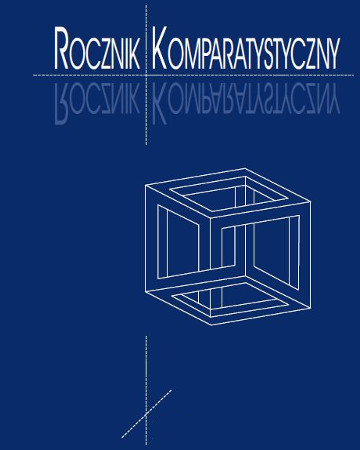Abstract
The aim of our study is to present a new type of translation which takes place on
the crossroads of language (translation proper), medium (adaptation) and a combination
of software and hardware (port/porting). Looking closely at several translations of
American hypertext fiction and poetry into Polish (afternoon, a story by Michael Joyce,
Blueberries by Susan Gibb) we analyze textual procedures that must be taken into account
while translating digital literature, at the same time scrutinizing various challenges
(on the level of text semantics) that must be faced by the authors of this new kind of
translation. Our goal is to demonstrate in what ways the shift from one medium and
semiotic system (print) to another (screen) changes the ontology of the literary work
and the scope of translator’s assignments. It is especially important in the situation when
verbal elements are no longer sole conveyers of meaning, but are instead accompanied
by multimedia elements and the underlying layer of computer code.
Four forms of digital translation are presented: digitalization, digital adaptation,
structural translations and hypertextual translation. Two possible instances of the
hypertext translation are discussed; one is a language to language translation over the
programming layer, the other being an adaptation of classic work into a hypertext
structure. We analyze the stages and specifics of digital translation. Translation that takes
into account the visual, the operational (interface) and the programming layer of the
work becomes a process on events rather than a process on textual elements. Hypertextual
translation – as we conclude – is a multidimensional transformation of text that happens
on the semiotic, technological and the cultural levels at the same time.





